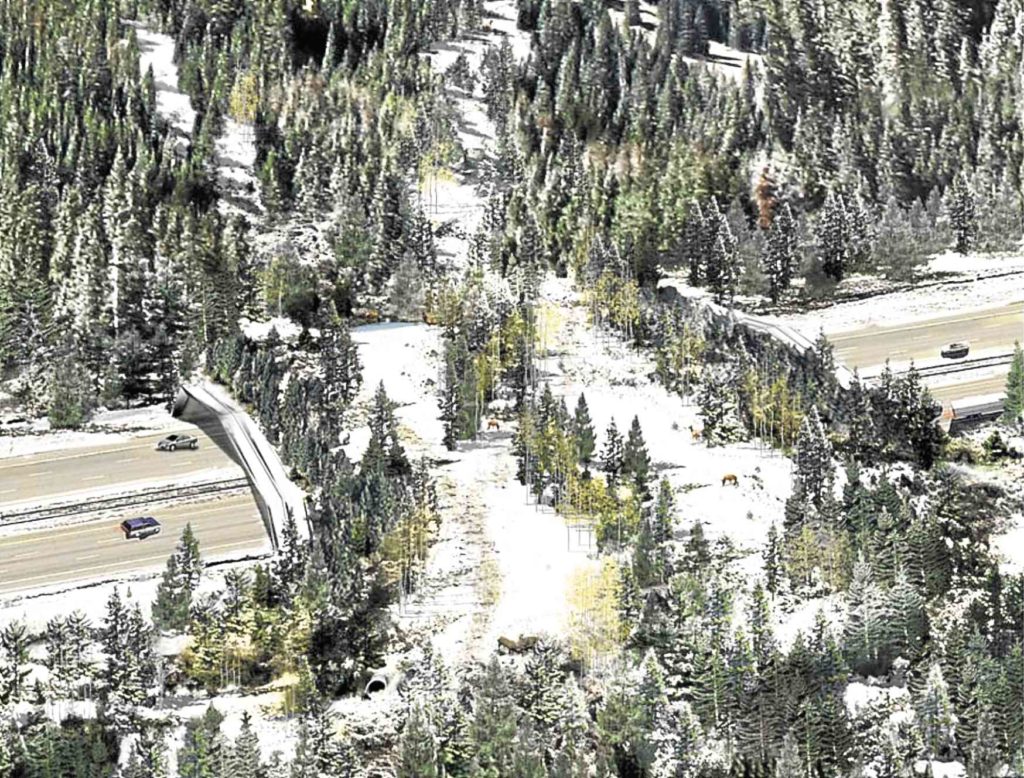
It’s a point of thought to look into solutions that could “green” the Philippines’ rapidly urbanizing cities more effectively and efficiently. Greener spaces and infrastructure, after all, would not only mean better aesthetics, but would likely result in lower pollution levels and improved quality of life.
Greener spaces usually include parks and gardens, but there are many more ways to integrate nature with climate-conscious initiatives for our cities.
The technique is to reframe how we look at the environment. The existing landscape, for instance, can also be a solution to our problems—it’s about looking at it with a different perspective, particularly with regards to how we invest on it, and how we work with it.
Here are some successful examples that integrated landscapes with resilience and climate solutions.
Multi-use public spaces
The Rotterdam Water Square. An amphitheater, a garden area and a stormwater catchment all in one. The water square is an example of public space designed by both experts and communities, creating a merge between better environmental quality and neighborhood identity.
The Red Ribbon-Tanghe River Park, China. The vivid red, curving 500-meter ribbon corridor helps preserve the river habitat and at the same time serves as a boardwalk, a seat to enjoy nature and a plant grower. Its glow provides light, it addresses urban issues, such as sprawl and safety and it provides art in a unique way.
Healthier, friendlier transport solutions
Rails-to-Trails. This conservancy creates walkable and cyclable spaces across the United States, where rail lines and networks are developed with trails for people to use. Promoting walking and cycling encourages better health and livability of communities. The trails also give appreciation to the rural setting, and celebrate connectivity.
Hypar-Nature (Wildlife Crossing Bridges). These bridges serve and protect crossing wildlife, such as bears and reindeer, and have addressed roadkill by deviating from the usual highways that are car-centric. These innovations have also helped transform roads into better places.
Smaller blues and greens
Pollinator gardens. This challenge across the US goes back to the basics: create gardens so that the bees, birds, and butterflies will be healthier, because the healthier pollinators are, the better plants reproduce, the better food we have, the better it will be for the environment. While there are numerous benefits from flowering plants that are aided by pollinators—such as soil erosion prevention—flowering areas are just simply a delight to passersby.
The green roof policy of Toronto. Green roofs are building roofs that have vegetation, and Toronto, Canada, has made an entire industry of roofscapes out of its municipal policy. Vegetated roofs contribute to improved stormwater management, reduced air pollution, and increased urban agriculture and biodiversity, among many socioeconomic and urban benefits.
These international innovations are also applicable to our localities.
What if all our open spaces helped with stormwater catchment? Would that mean an improved situation on the metropolitan’s flooding? Would a wildlife crossing help the crossing cattle in Coron? What if our old train lines all had bike lanes, connecting green spaces and plazas from city to city, or even region to region?
Perhaps, in our journey towards local development, we can clamor for, or at least, start the conversation about environmental solutions that are not isolated, but integrated with our landscapes.
The author is a licensed environmental planner. Through this writeup she is sharing her learnings from the Local Solutions: Eastern Climate Preparedness Conference in Manchester, New Hampshire. She is one of 10 Filipino fellows in the Young Southeast Asian Leaders Initiative (YSEALI) Professional Fellowship Program – Spring 2018 Cohort.

